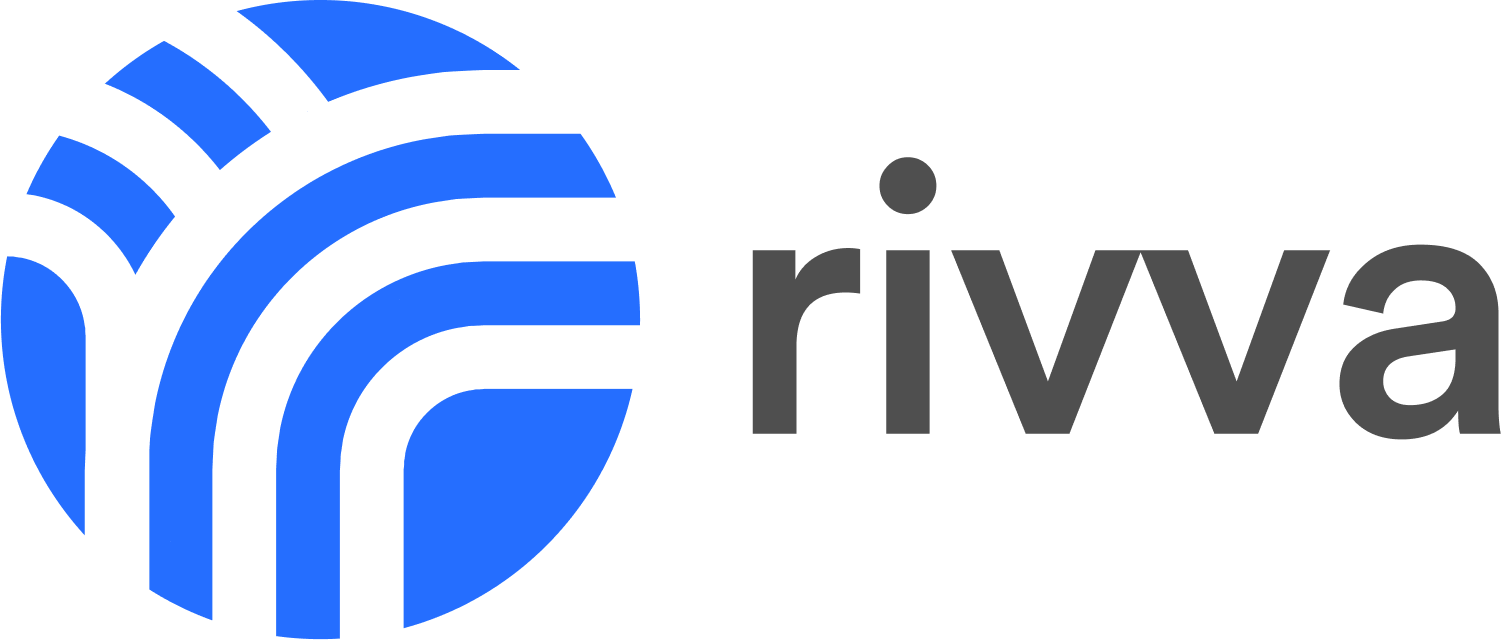Best Time to Do Deep Work
In this post, we’ll explore when your brain is naturally primed for deep work, how to find your personal peak, and what science says about the best hours to focus

What Your Brain's Productivity Curve Is Trying to Tell You
Your productivity curve doesn't just influence how much you get done in a day. It shapes your ability to focus, make decisions, and sustain meaningful progress. When your schedule is aligned with the best time to do deep work and focus, your work life feels immersive, fluid, and even enjoyable. But when your day fights against your brain's natural rhythm, even simple tasks can feel like a mountain. You may find yourself zoning out during meetings, jumping between tabs, or staring at your planner, wondering why you're so drained before lunch. This isn't just a willpower problem. It's a rhythm problem.
In this post, we’ll explore when your brain is naturally primed for deep work, how to find your personal peak, and what science says about the best hours to focus. Whether you’re an early bird or a night owl, understanding your productivity curve can help you plan smarter, work deeper, and burn out less.
What Is Deep Work, Really?
Coined by Cal Newport in his book Deep Work, the term refers to focused, uninterrupted work that pushes your cognitive abilities to their limit. It’s the kind of work that produces real value, whether that’s writing, designing, coding, strategic thinking, or problem solving. In contrast, shallow work includes tasks like checking email, scheduling meetings, or quick administrative duties.
While both have their place, deep work is where your best thinking happens, and it requires energy, space, and timing.
The Science Behind Your Productivity Curve
Your brain’s ability to focus follows a daily rhythm influenced by your circadian cycle. According to Harvard Medical School, your mental sharpness fluctuates throughout the day due to shifts in hormones, core body temperature, and neurotransmitters like cortisol and dopamine. Most people experience a natural cognitive peak about 2 to 3 hours after waking up. For early birds, that’s around 8 to 10 AM. For night owls, it might be closer to midday or even afternoon.
A study published in the British Journal of Psychology found that peak performance on attention-heavy tasks strongly correlates with an individual’s chronotype, their biological preference for sleeping and waking. This means your "best time to focus" isn’t one-size-fits-all. But you can find it, and when you do, deep work becomes more natural and less exhausting.
Signs You’re Not Working in Sync With Your Brain
If you’re frequently tired, distracted, or unmotivated, even when your planner is packed and your to-do list is clear, chances are your timing is off. This mismatch can lead to cognitive overload, where your brain is constantly operating in shallow mode, bouncing between tasks without reaching any depth. According to Psychology Today, multitasking not only reduces efficiency but also raises stress levels.
Other signs include:
- Feeling mentally foggy in the mornings or late afternoons
- Having a sudden burst of energy in the evening, but not being able to use it
- Struggling to focus even with minimal distractions
- Starting your day strong but crashing by mid-afternoon
Discover how your chronotype shapes productivity and how Rivva helps you achieve sustainable focus - read the full guide here.
How to Find Your Best Time to Focus
- Track your energy: Spend a few days checking in with how you feel every few hours. Jot down your energy, focus, or mood. Noticing your natural energy curve is the first step, and it’s exactly the kind of data Rivva uses to help you plan better, with less burnout.
- Identify peak hours: Look for blocks of time when you feel most alert, creative, and focused. You may notice you write faster at 10 AM or make sharper decisions around 3 PM. That’s your productivity curve revealing itself.
- Protect those hours: Once you identify your peak zone, block it off. Use that time for your most demanding tasks. Move emails, calls, and admin to lower-energy windows.
- Use the right tool: Traditional planners assume a linear day. But your brain isn’t linear. Tools like Rivva adapt to your rhythm by adjusting your schedule to match your focus levels in real time, helping you optimise deep work without burnout.
Structuring Your Day Around Deep Work
Here’s a simple structure to try based on science-backed productivity windows:
- Morning Peak (8 AM – 12 PM): Schedule your most cognitively demanding tasks here if you’re a morning type.
- Afternoon Dip (1 PM – 3 PM): Use this time for breaks, shallow tasks, or short creative resets.
- Second Wind (4 PM – 6 PM): Many people experience a smaller focus spike here. Use it for light deep work or strategic planning.
Don’t Fight Your Brain. Work With It.
The most powerful work doesn’t come from pushing harder. It comes from syncing up. Your focus isn’t a fixed trait; it’s a rhythm that can be supported, protected, and optimised. Instead of using a planner that treats every hour as equal, start tuning into your energy, your patterns, and your productivity curve.
Because the best time to do deep work? It’s not just about the clock. It’s about alignment.
Want to work with your energy, not against it? Join Rivva’s waitlist here.
